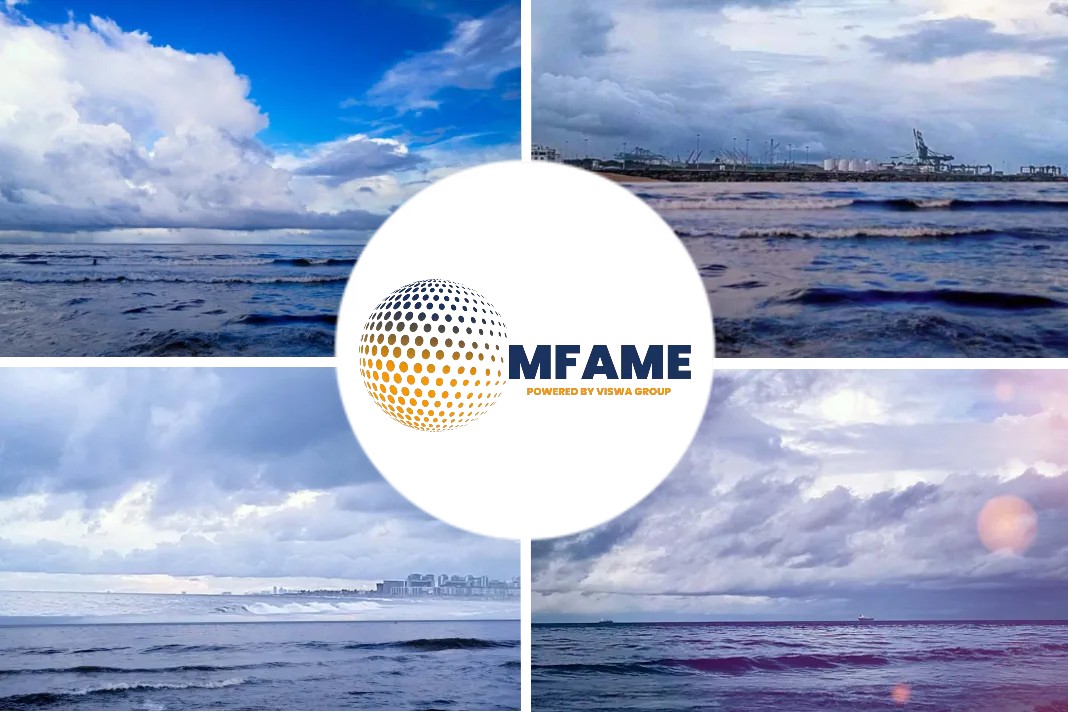- Hong Kong and mainland China’s bunkering industries have largely crossed the peak of their respective COVID-19 (Coronavirus Disease 2019) dramas.
- And are on the road to recovery, believes the Director of Hong Kong-based Buriskey Supply & Services Co Ltd (Buriskey).
- The Chinese industrial markets have meanwhile resumed operations since a month back and domestic bunker demand from locally operated vessels will slowly return in the near future.
A recently published article in Manifold Times, deals with the interesting facts about Hong Kong and China’s bunkering industries slowly easing with a rise in bunkering.
Kenny Luk, whose company operates as a physical supplier of marine fuel at Hong Kong port while functioning as a broking house for bunkers at Chinese maritime facilities, shared with Manifold Times what the local sectors went through during the early days of COVID-19.
Hong Kong
“Since the breakout of COVID-19 earlier this year, Hong Kong’s bunker volume to date had decreased by a total of about 20-30% especially during February and March,” he shared.
“It was particularly serious when operations at certain international ports started being affected, especially after the COVID-19 related lockdown decisions by various governments across the globe.”
Charter hire rates of vessels in the Hong Kong and Chinese shipping sectors dropped as much as 50% between February to March, according to Luk.
“Both oil majors and physical suppliers [in Hong Kong] were concerned about supply chain related uncertainties between February to March,” he said.
The same period also saw certain bunkering hubs being treated as high-risk; vessels which went to such locations for bunkering had to be subjected to increased checks before entering Hong Kong or Chinese ports for safety reasons.
Sudden COVID-19 related changes in the shipping industry further caught several client vessels of Buriskey by surprise, prompting the bunkering firm to provide humanitarian aid to the best of its ability during marine refuelling operations.
“Our crew tried its best to provide what we could when customers’ vessels were short of goods, especially those for cleaning and protection,” said Luk.
“During this period, we also prepared an extra team [crew] to be available to take over bunkering operations on board anytime, and made sure there were replacements for most positions in order not to affect our customers’ schedules.”
Moving forward, Luk notes the bunkering volume at Hong Kong port rising a total of between 10 to 15% since April to May.
It [bunker sales] has been better in recent weeks, especially in East Asia and China where a lot of the cities have recorded zero numbers of positive COVID-19 cases. For example, there was a 21 day-record where no new local cases were discovered in Hong Kong until 10 May; business is resuming, and people are getting back to work.
Mainland China
COVID-19, meanwhile, has caused some Chinese bunker suppliers to take caution on the receiving vessel’s last ports of call before deciding if the ship had to be quarantined for 14 days prior to any bunkering operation, notes Luk.
To date, there has been no firm regulation or announcements made by bunker suppliers nor port authorities about it, but this was happening to some of the vessels we have been involved with; especially in the Zhoushan market.
The Chinese industrial markets have meanwhile resumed operations since a month back and Luk expects domestic bunker demand from locally operated vessels to slowly return in the near future.
On the other hand, he is more optimistic about bunker demand from the international shipping sector and expects an increase in vessel arrivals to China.
“From early May, especially last week [ended 17 May], the chartering market has started to become more active with prices rising from the doldrums of COVID-19,” he notes.
This is due to the reopening of most international ports where many cargoes earlier planned for transportation have now been made available in the market again; for example, clinker from Vietnam, steel to Southeast Asia from Korea and Japan etc.
In summary, apart from the lower sales volume at Hong Kong and China, we believe COVID-19 itself wasn’t really affecting the bunkering markets seriously.
“This is especially true when compared to the over 30% collapse of oil prices on 8 March; the biggest fall since the 1991 Gulf War. Now, that’s a bunker buster.”
Buriskey started the physical supply of bunkers at Hong Kong port in March 2019 through the spot charter of bunker tankers.
The firm started time charter of the 1,800 dwt Hong Kong-flagged bunker tanker Golden Dragon 288 (pictured) at Hong Kong port in October 2019.
Did you subscribe to our daily newsletter?
It’s Free! Click here to Subscribe!
Source: Manifold Times
















